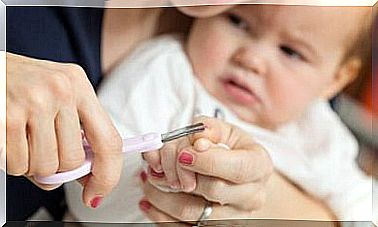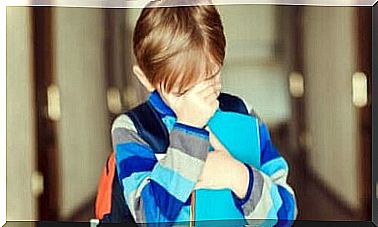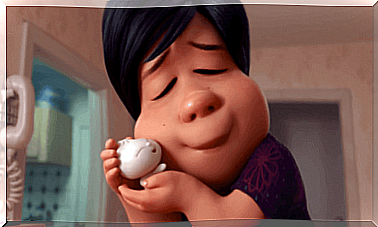Diseases In Children That Do Not Require Treatment

As your child grows up, they are naturally exposed to different types of diseases. In many countries, medicines are quickly taken for illnesses in children, because parents think that this is the answer. However, in many of these cases no treatment is required.
Children can fight these diseases in a natural way, thanks to their immune system and the action of antibodies.
In most cases, antibiotics are not necessary, as not all pharmaceuticals cure these diseases but rather reduce the problems encountered during recovery.
You will see that diseases in children caused by a virus disappear on their own after a few days. Many bacterial infections, such as the flu, do not require antibiotics.
The flu is more serious than a common cold. The symptoms include:
- high fever
- a dry cough
- a feeling of general malaise
When this develops, there is usually no runny nose. The flu is caused by a virus, which varies from year to year.
E
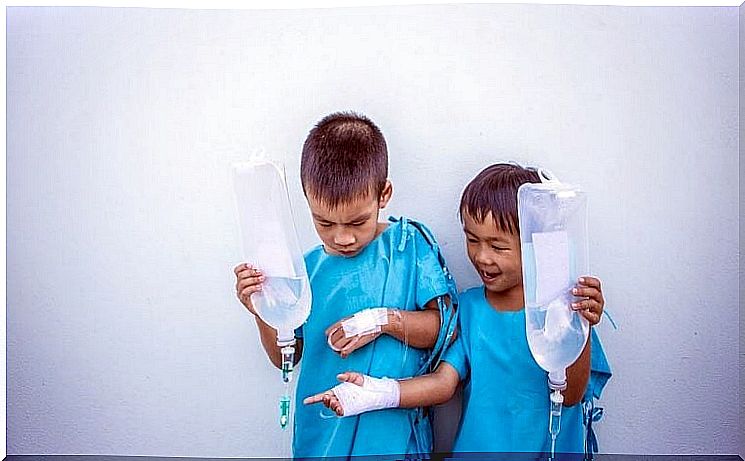
Medication
Remember that the flu vaccine will not prevent the common cold. This is one of the other diseases in children that can develop. As we mentioned before, antibiotics are useless for colds.
Medications only help relieve flu-like symptoms. Consider, for example, that fever reduces and pain relieves, but cannot shorten the illness. It is the child’s immune system that overcomes d.
A normal cold, unlike the flu, has symptoms such as:
- mucus
- cough
- sometimes fever too
The mucus is often watery and goes from:
- white to yellow
- green and thick
- green and dry
In this last phase, the child is better again and is already susceptible to the next cold.
This disease is not caused by a cold, but by a virus. Hundreds of different viruses can cause a cold. Therefore, it is not possible to make a vaccine for this.
Antibiotics are also not helpful in curing colds. Misuse of antibiotics, aside from the side effects and unnecessary costs,
What helps with diseases of children and what does not?
When your child has a fever, you can give him a fever reducer. If the cough becomes serious and your child cannot sleep well, you should
If your child can handle it well, it is better to make him cough so that the mucus comes out. The use of nasal spray and other dissolving agents is not recommended for children under 12 years of age.
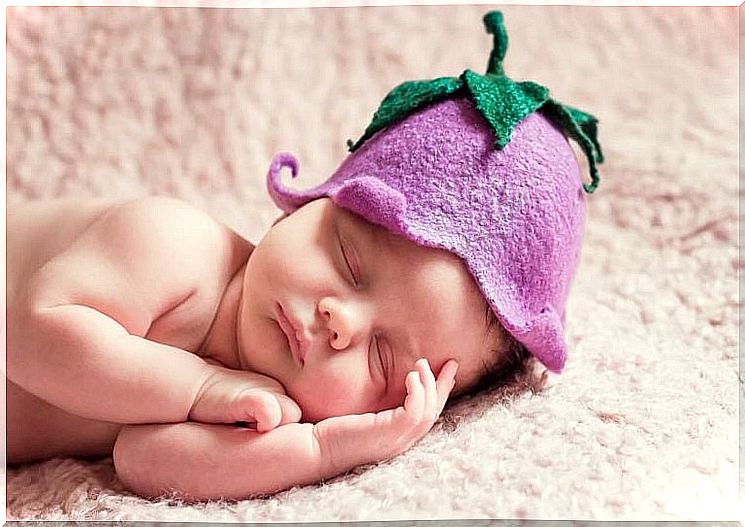
- Expectorants that work to increase cough and phlegm
- mucolytics to thin mucus
- antihistamines used for allergies
- balms
The same can be said about vitamin C and natural products such as alternative medicines. When your child feels a little better again, it is not because of the last medication he has taken, but it is purely coincidental.
There are diseases that heal themselves
Acute ear infections can be caused by a virus or bacteria. For decades this was treated with antibiotics.
Doctors diagnose ear infections fairly quickly when a child has a fever and there is not much else going on. It is easy for them to convince themselves that the eardrum looks a bit red.
However, several scientific studies show that treating some diseases in children, such as ear infections, is practically meaningless.
- does not shorten the disease process
- does not relieve the pain
- don’t be the ear
Treatment may be warranted in children under two years of age with a high fever. children with:
- a poor general condition
- inflammation in both ears
- other related diseases
Strep throat symptoms such as pain that worsens when swallowing. In many cases a virus. This makes antibiotics completely useless.
Sometimes a bacterium such as streptococcus causes Then it is customary to administer penicillin so that rare but serious complications do not arise. Think of rheumatic fever.
The streptococcal bacteria normally causes a fever above 38.5ºC, without phlegm or coughing. a sore throat accompanied by a cough and runny nose and no fever often caused by a virus.
Penicillin is not intended to cure throat infections, but to prevent rheumatic fever. Strep throat is one of the diseases in children that you can’t get rid of faster with the use of antibiotics.


